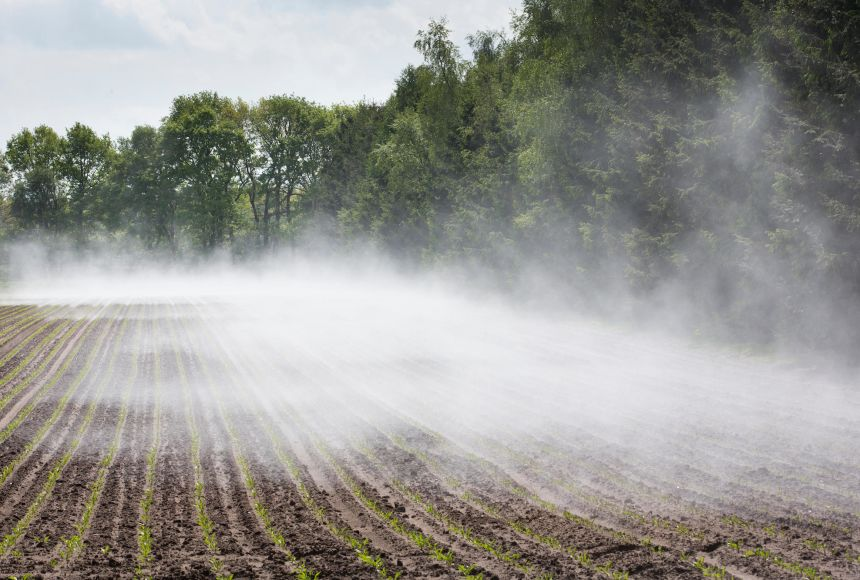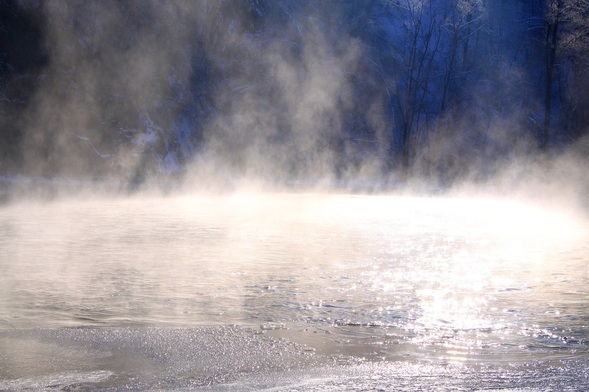Now Reading: How Fast Does Evaporated Water Really Become Rain 2025?
-
01
How Fast Does Evaporated Water Really Become Rain 2025?
How Fast Does Evaporated Water Really Become Rain 2025?

Table of Contents
Water is always on the move. Every day, we see clouds in the sky, rain falling to the ground, and puddles drying up. But what actually happens in between these events? More specifically, how fast does water go from evaporating into the air to falling back down as rain?
The process of evaporation to rain is part of the water cycle, a continuous loop that powers life on Earth. While it may seem like magic, it’s science — and it’s happening above us all the time.
Let’s explore how fast this process works, what affects it, and why understanding it is more important than ever in today’s changing climate.
Step 1: What Is Evaporation?

Evaporation is when water changes from liquid to gas. Heat from the sun gives energy to water molecules on the surface of oceans, rivers, lakes, or even soil. When the molecules gain enough energy, they break away and become water vapor, rising into the atmosphere.
This stage can happen in minutes or hours, depending on the heat, wind, and humidity. On a hot, sunny day with low humidity, a puddle might evaporate in just 30 minutes. But on a cooler or humid day, it can take hours.
Step 2: The Journey Upward
Once the water becomes vapor, it begins to rise through the atmosphere. This movement is aided by convection currents—warm air rising and cool air sinking. As the vapor rises higher, the air pressure and temperature drop. The speed of this upward movement can vary. In storm systems, vapor can rise very quickly—sometimes in less than an hour. In calm weather, the movement may take several hours or more.
Eventually, the water vapor reaches a height where it cools and begins to condense.
Step 3: Condensation and Cloud Formation
Condensation happens when water vapor cools down and changes back into liquid droplets. These droplets form around tiny particles in the air such as dust, pollen, or salt. This is how clouds are born.
How fast does this happen? In some weather conditions, especially with high humidity and rising warm air, condensation can start just minutes after evaporation. Clouds can form rapidly during hot afternoons or before thunderstorms. In other cases, such as in cooler climates, cloud formation may take much longer.
Cloud droplets are extremely small—so small that a typical raindrop is made of thousands of them.
Step 4: From Clouds to Rain
For rain to occur, cloud droplets must grow large enough to fall. This happens through a process called coalescence. In this stage, droplets bump into each other and stick together, forming bigger drops. When these drops become too heavy to remain suspended in the air, they fall to the ground as rain.
The time it takes from cloud formation to rainfall can be very fast in tropical areas—sometimes within 30 to 60 minutes. In more stable conditions, like those in deserts or during winter, it may take hours or even days for rain to form.
So, How Fast Does It All Happen?
The entire journey from evaporation to rainfall depends on multiple factors:
- Temperature: Warmer temperatures speed up evaporation and cloud formation.
- Humidity: More moisture in the air means faster condensation.
- Air currents: Strong upward movement of air carries vapor more quickly.
- Altitude: Higher elevations can cool vapor faster, encouraging quick rain.
- Particle availability: More dust or salt in the air helps clouds form quickly.
On average, the full process from evaporation to rainfall can take as little as 30 minutes to several hours. In some rare cases, especially in very stable weather, the process might span one to two days. However, under the right tropical storm conditions, a drop of water might rise and return to the ground within an hour.
Why Does This Matter?
Understanding how fast water turns from vapor into rain is more than just interesting—it’s important. Meteorologists use this knowledge to:
- Forecast storms
- Predict droughts or floods
- Manage agricultural planning
- Improve water conservation efforts
In places like the UAE or other arid regions, tracking moisture and predicting rainfall can help manage water resources more effectively. It’s also crucial in designing artificial rain techniques like cloud seeding, where scientists try to trigger rain in dry areas.
Climate Change and the Water Cycle

Climate change is increasing the speed and intensity of the water cycle. Warmer temperatures cause faster evaporation. This leads to more water vapor in the atmosphere, which can fuel stronger storms and heavier rainfalls.
At the same time, this rapid cycle can also lead to longer dry periods in between rainfalls. As the cycle speeds up, weather patterns become less predictable.
Monitoring how fast evaporation turns to rain helps scientists measure how much the climate is changing and what to expect in the coming years.
Final Thoughts
The process of turning water into rain is both ancient and ever-changing. While the journey can happen quickly—sometimes in under an hour—each step is shaped by temperature, moisture, air flow, and the environment.
By understanding how this natural system works, we gain better tools for forecasting weather, protecting crops, and managing one of the world’s most important resources: fresh water.
Read More:- Deyaar’s Latest Announcement Shakes Up the UAE Property Market






















